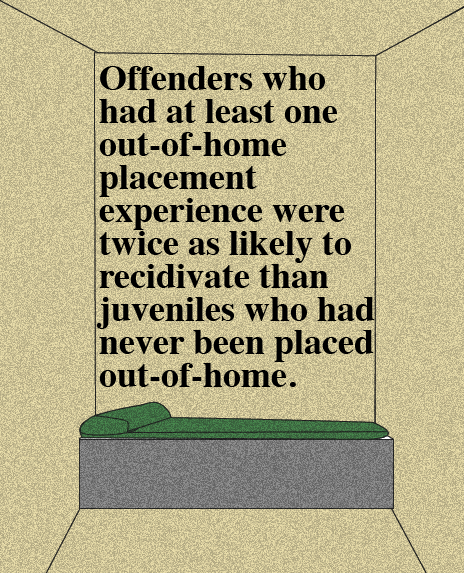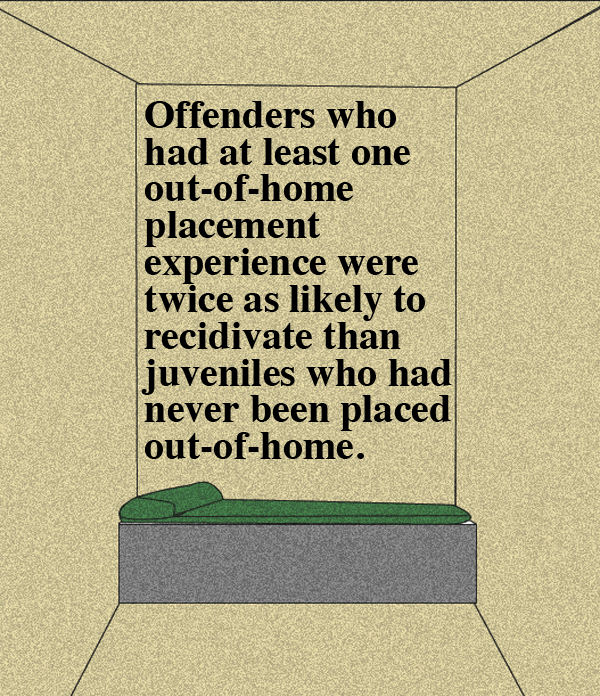
Katy McCarthy / JJIE
The Pennsylvania Juvenile Court Judges’ Commission issued a new report on youth recidivism rates.
A new report issued by the Pennsylvania Juvenile Court Judges’ Commission finds that among juveniles whose cases were closed in 2007, one-in-five recidivated within two years.
The Pennsylvania Juvenile Justice Recidivism Report found juvenile recidivism rates to be as high as 45 percent in some counties, with the average length between case closure and recidivism to be 11.5 months.
The younger a juvenile at the time of one’s first written allegation, the study found, the likelier the juvenile was to recidivate. Conversely, the report found that juveniles who were older at the time of case closures were more likely to recidivate than those whose cases were closed at an earlier age.
Additionally, juveniles with more formal dispositions on their cases -- such as placement or probation -- were found to recidivate at higher rates than offenders who were given less formal dispositions, such as counseling.
The study found offenders who had at least one out-of-home placement experience were twice as likely to recidivate than juveniles who had never been placed out-of-home. On average, the report found the recidivism rate for young people placed in private facilities to total 34 percent. For juveniles placed in Youth Development Centers or Youth Forestry Camps, the average recidivism rate leapt to 40 percent.
According to the report, seven-out-of-10 juveniles who reoffended had committed misdemeanors, with drug and property offenders found to be the likeliest to commit the same variety of crimes upon re-offending.
Nine-out-of-10 re-offenders were males, who recidivated at a rate three times higher than females. Twenty-five percent of African-American juveniles were found to re-offend, while white and Asian juveniles recidivated at 17 percent and 8 percent, respectively. Eight-out-of-10 recidivists came from “disrupted family situations,” the report states, where parents were divorced, unmarried or deceased. Just 20 percent of recidivists came from homes with married parents.
Sex offenders were found to have relatively low rates of recidivism, with just 14 percent of juveniles under commission supervision re-offending; only 2 percent of juvenile sex offenders were found to have committed similar offenses within two years after their initial cases were closed.
Just 26 percent of juveniles with closed cases in 2007 were serious, chronic or violent offenders, the report states. The rates for recidivism for each fluctuated from 31 percent for violent offenders to 37 percent for chronic offenders, with serious offenders found to recidivate at a rate of 34 percent.
While less than half of one percent of juveniles with case closures in 2007 were serious, violent and chronic (SVC) offenders, such offenders were found to have high recidivism rates, with 48 percent of SVC offenders re-offending.
The authors of the report stated that while many predictors of recidivism were pinpointed in the study, such pertinent information was not “readily obtainable” in some of the case management systems used to conduct research.
“These variables included participation in in-home services, involvement with child welfare systems and involvement with gangs,” the report concluded. “The systematic collection and analysis of these data elements would enhance future recidivism studies.”
